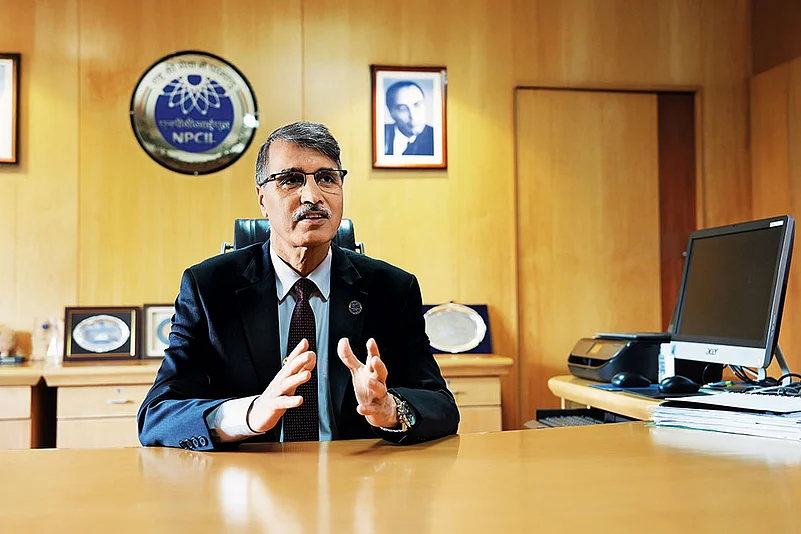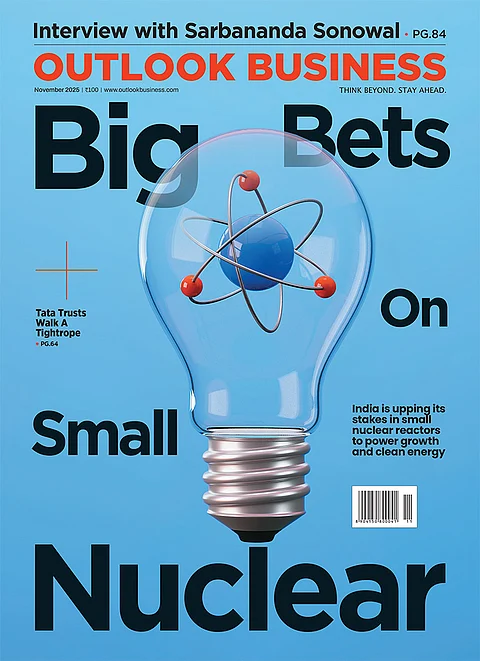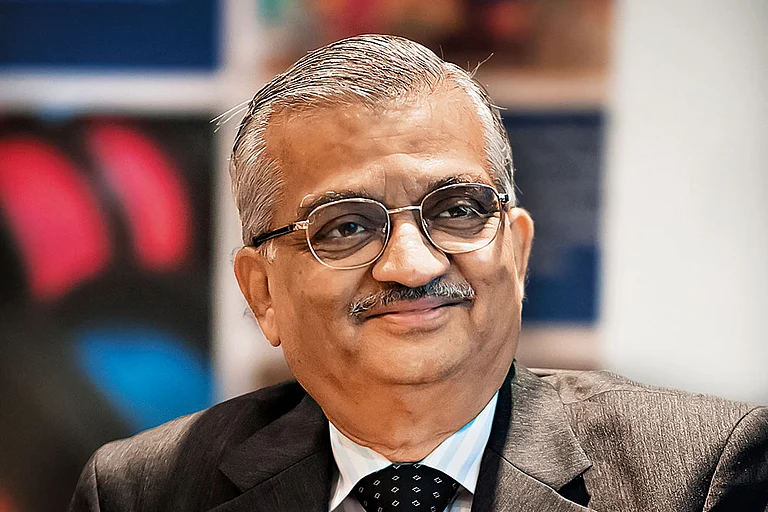What are NPCIL’s immediate priorities under the National Nuclear Mission, and how do they align with India’s long-term target of 100GW nuclear capacity by 2047?
The Nuclear Energy Mission is an ambitious programme to expand clean energy and drive the transition to net zero, with NPCIL at its core. A major expansion plan is already under way, with projects at different stages of implementation. Once completed, installed capacity will reach 22GW by 2031–32.
Factoring in project sites with ‘in-principle’ approval and additional fleets of indigenous 700MW PHWRs [pressurised heavy water reactors], NPCIL will contribute over 50% of the 100GW nuclear target.
Our indigenous technology, aligned with the three-stage nuclear programme, remains the mainstay. At the same time, we are open to collaborating with foreign partners on large-capacity reactors of other technologies, provided costs are comparable.
We have also issued an RFP [request for proposal] for BSRs [Bharat Small Reactors] to help hard-to-abate industries decarbonise, and are developing Bharat Small Modular Reactors [BSMRs] with BARC [Bhabha Atomic Research Centre].
While scaling up, equal focus is on timely execution. NPCIL is laying the groundwork for India’s nuclear renaissance—building a cleaner, more inclusive future powered by reliable, low-carbon energy.
Of the 100GW what share will NPCIL aim to develop itself, and how do you plan to secure fuel, technology and components?
We are targeting about 54GW. To fill the gap, we will handhold private and public sector players for implementation of BSRs, BSMRs and large-capacity reactors.
Expansion will primarily rely on indigenous PHWR technology, with components and equipment sourced from industry partners. In line with the government’s Atmanirbhar Bharat initiative, goods and services will also be procured from domestic industry.
NPCIL’s strategy blends indigenous innovation, global collaboration and private sector participation to ensure energy security, cost-effectiveness and timely execution.
NPCIL’s December 2024 RFP attracted around 700 industry queries, with concerns about high expertise fees, capped power load factor and inflated operation and maintenance costs.
Nuclear power is a relatively new zone for many industry partners. Queries were expected as participants explored opportunities.
Queries on technology, costs and implementation mechanisms have been duly answered. We provided all details requested to enable participants to fully understand the technology and its financial aspects.
"We are open to collaborating with foreign partners on large-capacity reactors of other technologies, provided Costs are comparable"
Some players have raised concerns over the size of land parcels and the 1km exclusion zone.
Nuclear plants have among the lowest land requirements per MW. Typically only 25–30% of the acquired land comprises the footprint; the rest forms the exclusion zone.
Forest land within the zone is protected, as are wetlands. These zones attract many birds, including endangered and culturally revered species.
Siting norms are laid down by the Atomic Energy Regulatory Board (AERB). With design changes and regulatory clearances, the exclusion zone has already been reduced from 1.6km to 1km. Work is ongoing to further address requirements.
There are worries around public perception, civil liability and climate-water resilience. How do you plan to build trust and climate-proof projects?
NPCIL recognises that public trust is vital to nuclear power’s growth. We follow a structured, multi-pronged approach to stakeholder engagement, with science communication that is transparent, factual and easy to understand.
We have scaled up outreach through exhibitions, lectures in schools and colleges, plant visits, information centres with immersive technology, miniature nuclear galleries and mobile exhibitions. These efforts reached nearly 2.9mn people in 2024–25, underscoring our commitment to building not just reactors but an informed society through science social responsibility.
On climate readiness, nuclear plants are designed to withstand extreme natural events and form a crucial part of the solution to climate change.
What steps is NPCIL taking to catalyse a domestic supply chain?
For five decades we have not only mastered technology but also supported industry partners to enhance their capability to deliver components of nuclear standards. This is how we overcame the technology-denial regime imposed after Pokhran.
Today, we have a proven indigenous technology, a self-reliant domestic supply chain and overall expertise. However, considering the large expansion plan, there is still a need to enhance capacities.
How is NPCIL planning to de-risk India’s programme from supply chain bottlenecks?
India has faced hurdles—supply chain bottlenecks, contractors’ constraints, geo-political concerns and public apprehensions. Most have been overcome, barring a few involving the global community.
To de-risk delays, NPCIL is adopting design standardisation, fleet-mode construction, tighter oversight and mega contracts. While indigenous PHWR needs are largely met domestically, we are onboarding MSMEs and large firms through vendor-development initiatives, further reducing reliance on global suppliers.












